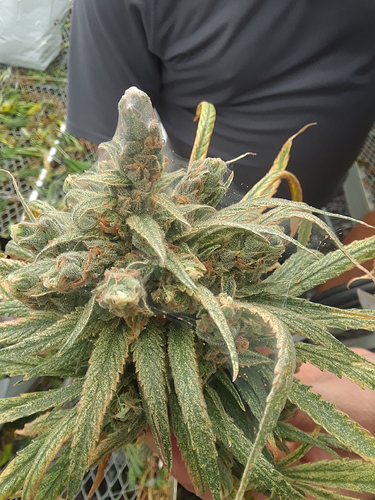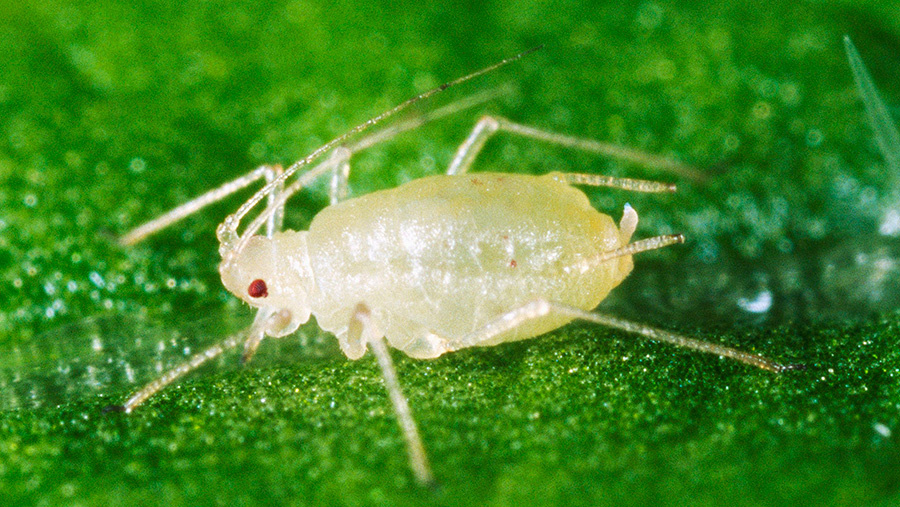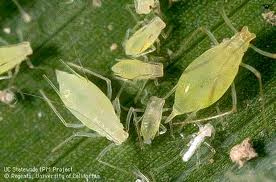I’ve done alot of work in Cannabis IPM and have dealt with a wide range of greenhouse pests in a variety of conditions. Since its 90 degrees out and we are firmly in the dog days of summer, atleast in my neck of the woods, I thought I’d talk about Spider Mites right now and maybe some of you guys are dealing with this issue and it might be helpful.
First off, dont panic when you see them. I know alot of people consider them the kiss of death but they are manageable if you keep a cool head and do everything in your power not to spread them during removal. And remove you must; and dont be shy about it either. Better to remove a big chunk of the plant up front then to surrender your hard fought flowers further down the line due to half measures.
Spider mites go through 5 stages in their life cycle, starting with an egg / larvae / 2 nymphal stages / and adult. All take place in the canopy, and all mobile stages are capable of feeding on plant tissue.
You will know them by their signs…mostly the webbing is a dead giveaway. It will start at leaf petioles and spread upwards from there, causing yellowing / bronzing and eventually necrosis and a sense of impending doom in the air.
The proper management of spider mites, and any pest really, starts with scouting. Make a deliberate effort to inspect your crop for signs of infestation twice a week at a minimum. Once you know what to look for, the signs will pop out at you like a chip in your windshield during crop inspection. Clusters of silver scratches or dots starting at the petiole where the leaflets connect and spreading outward as pictured below are the first signs that you will see.
Proper and sanitary manual removal of infested foliage is key. Be thorough and bold, or suffer the consequences.
Know your allies:
Phytoseilius Persimilis → Probably one of the most effective predators of spider mites. Not hampered by the webbing and endowed with a voracious appetite, apply directly to infested areas.
Amblyseius Fallacis → Useful in its ability to reproduce at higher temperatures in order to keep up with the spider mites reproductive capability, apply directly to problem areas or spread throughout crop.
Amblyseius Andersoni → Hardy and quick to spread, these are available in slow release sachets which are excellent for extended crop protection.
Neosilius Californicus → A useful generalist predator that also makes a habit of eating the spider mite eggs. Reproduction drops off at higher temperatures
Amblyseius Cucumeris → Only really useful in this scenario for eating spider mite eggs, mostly a predator of western flower thrips; also available in slow release sachets
Amblyseius Swirskii → An excellent and hardy generalist predator but considerably more expensive than other options; available in slow release sachets.
I look forward to hearing about your experiences.


